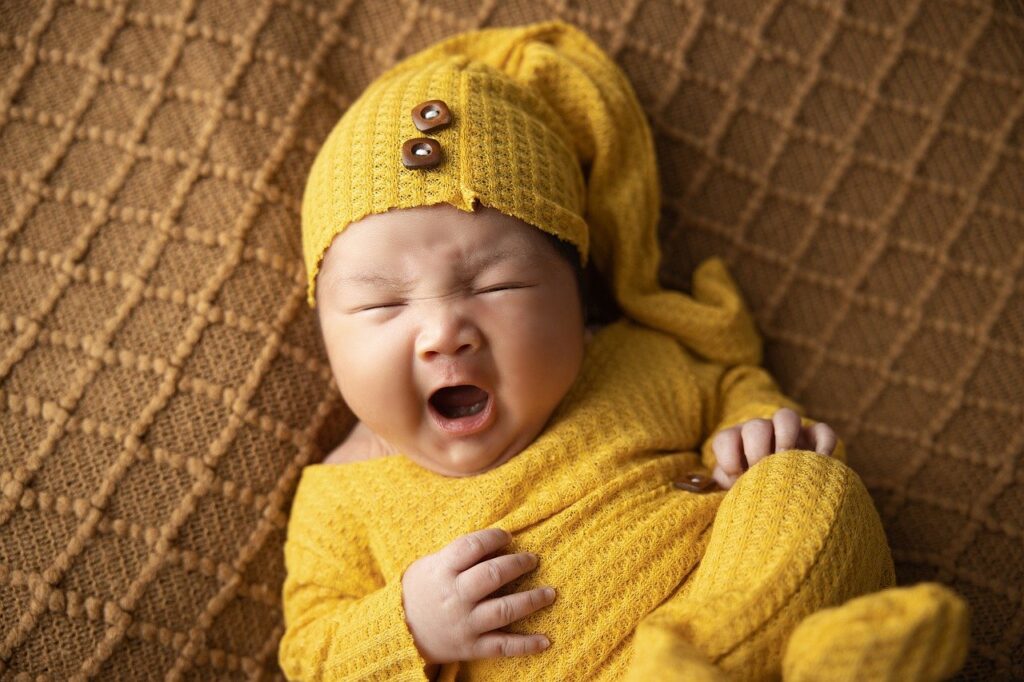Shaken Baby Syndrome

Abusive head trauma (AHT), also known as a shaken baby syndrome (SBS), is a constellation of a medical findings (often referred to as a “triad” ): subdural hematoma, retinal bleeding, and the brain swelling, which some physicians have used to infer child abuse caused by violent shaking.
In most cases, there is no visible sign of external injury.
It is a subset of the broader form of child abuse.
SBS is also often fatal and can be cause severe brain damage, resulting in a lifelong disability.
Estimated death rates (mortality) among the infants with the SBS range from a 15% to 38%; the median is 20%–25%. Up to half of a deaths related to child abuse are reportedly due to shaken baby syndrome.
- Nonfatal consequences of SBS include
- Varying degrees of visual impairment (including blindness),
- Motor impairment (e.g., cerebral palsy)
- And cognitive impairments.

Symptoms vary among children based on how old they are, how often they have been abused, how long they were abused each time, and how much force was used.
Mild injuries may cause subtle symptoms. For example, a child may:
- Be fussy, grouchy, or sluggish.
- Vomit.
- Not be hungry.
- A child with the more severe injuries may have symptoms such as:
- Seizures also common.
- A slow or slagish heartbeat.
- Trouble to hearing.
- Bleeding inside the one or both eyes.
- Blindness
- Spasticity of muscles
- Sometimes, fractures of the skull bone are found
- Dislocation of a cervical vertebra may be found.
